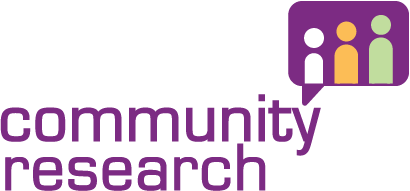The return of face-to-face research?
During the pandemic, we, along with others in the sector, had to adapt quickly. Much of our work previously involved face-to-face research – typically in the form of focus groups and workshops - approaches reliant on interaction and participants being in close proximity to researchers and each other.
The alternative approaches that we have developed have been more successful than we could have imagined at the start of the pandemic, and we have become adept at designing engaging online exercises which allow exploration of participants’ views on the most complex of topics. We’ve learnt to embrace online approaches and have outlined our learnings in these previous articles on online focus groups and online deliberative research.
Over recent months, we’ve adopted a very cautious approach and haven’t rushed back to conducting face-to-face research. We’ve been very mindful of the safety of our staff and participants; as well as people’s preferences and understandable hesitancy given persistently high levels of infection in society and predictions about further Covid waves in the autumn/winter.
Much of our work is with people living in vulnerable circumstances, including the elderly and those with health conditions and co-morbidities. We have a duty of care to them and are reluctant to engage them face-to-face if there is any associated risk (however small).
However, we are aware that the research sector, in line with the rest of society, is beginning to open up. We are starting to have face-to-face meetings with clients again – particularly at the set-up phase when it’s essential to establish rapport and a shared understanding of priorities (both of which happen more quickly in person than over Zoom or similar platforms!).
Face-to-face research in professional settings (for example, viewing studios and meeting rooms in hotels) is already possible and the Market Research Society has very recently announced that, following a small pilot testing the conditions, in-home data collection can resume from the beginning of September 2021.
The guidelines state that before any in-home data collection can be conducted, researchers must become familiar with all the new in-home requirements set out in the MRS Guidance: Undertaking Safe Face-to-Face Data Collection. These include following relevant Government safe working guidance, conducting ongoing risk assessments and reducing the risk of transmission when sharing objects.
We are, therefore, actively reviewing the situation and starting to consider the appropriateness of face-to-face approaches when responding to future research briefs.
We are all looking forward to getting back out into the world and speaking to real people in the flesh – when the time, the project and the audience is right!

